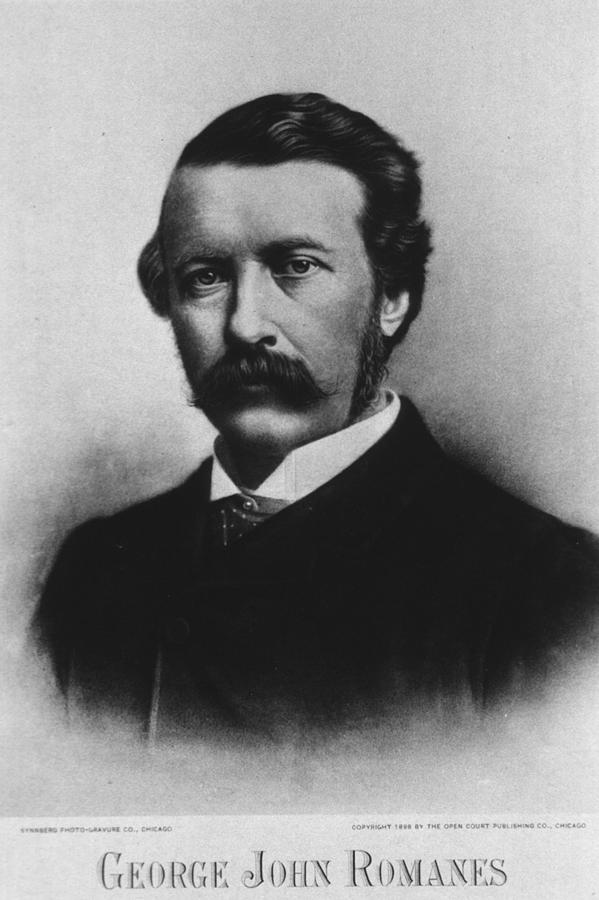


Second, we carried out a bioprinting test in a cell culture dish to test how effective the device was at bioprinting viable cells and repairing wounds. First, with a biological model of a human stomach and an endoscope, to mimic the insertion and printing operation elements of the process. Zhao, also from Tsinghua University, said: “We tested the system in two ways. To be as minimally-invasive as possible, it can fold itself down when entering the patients’ body, then unfold before beginning the bioprinting operation. The bioprinting platform Professor Xu and the co-author, Professor Xu’s PhD student Wenxiang Zhao developed is a Delta robot composed of a fixed base, moving platform and three identical kinematic chains. To overcome this, we developed a microrobot that enters the body via an endoscope to carry out tissue repair inside the body.” Bioprinters are normally quite large, and cannot be applied to inner tissue repair without invasive surgery to give enough room for the printing operation. “The difficulty is that current bioprinting technology focuses on external sites. Bioprinting – delivering new cells directly to the wound site to repair the tissue – offers a potentially very useful way to treat the problem. Their study, published today in the IOP Publishing journal Biofabrication, establishes proof-of-concept for this new method in the field of bioprinting.Ĭo- author Professor Tao Xu, from Tsinghua University, Beijing, said: “Gastric wall injury is a common problem in the digestive tract, and about 12 per cent of the world’s population suffer from it to varying degrees. Researchers in China have taken the first step towards a new way of treating gastric wounds by using a microrobot combined with the new concept of “in situ in vivo bioprinting” to carry out tissue repair inside the body. Simon Davies The new microrobot may eventually limit the need for invasive gastric surgery.


 0 kommentar(er)
0 kommentar(er)
